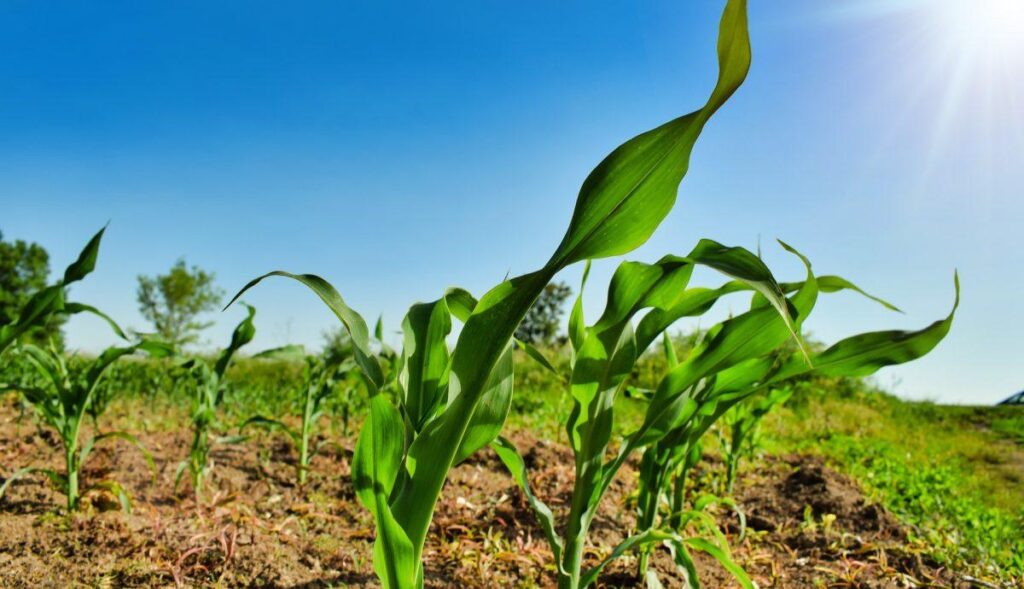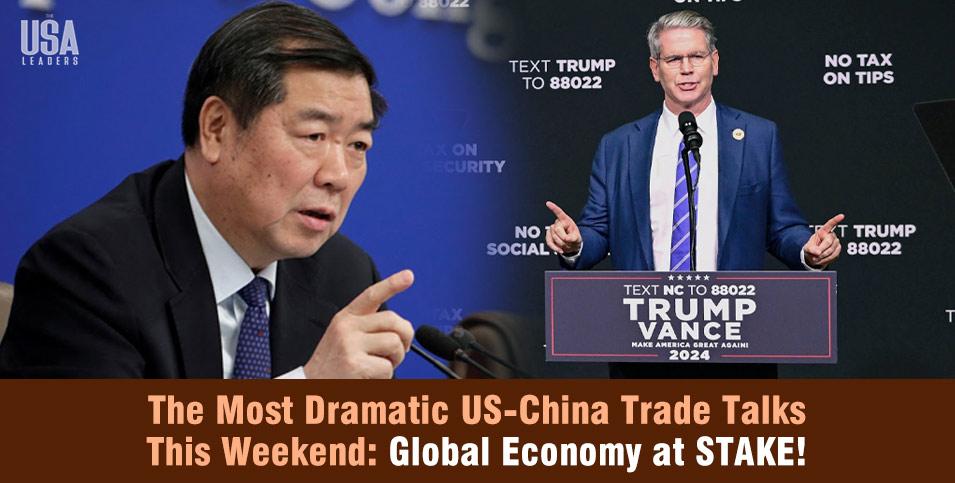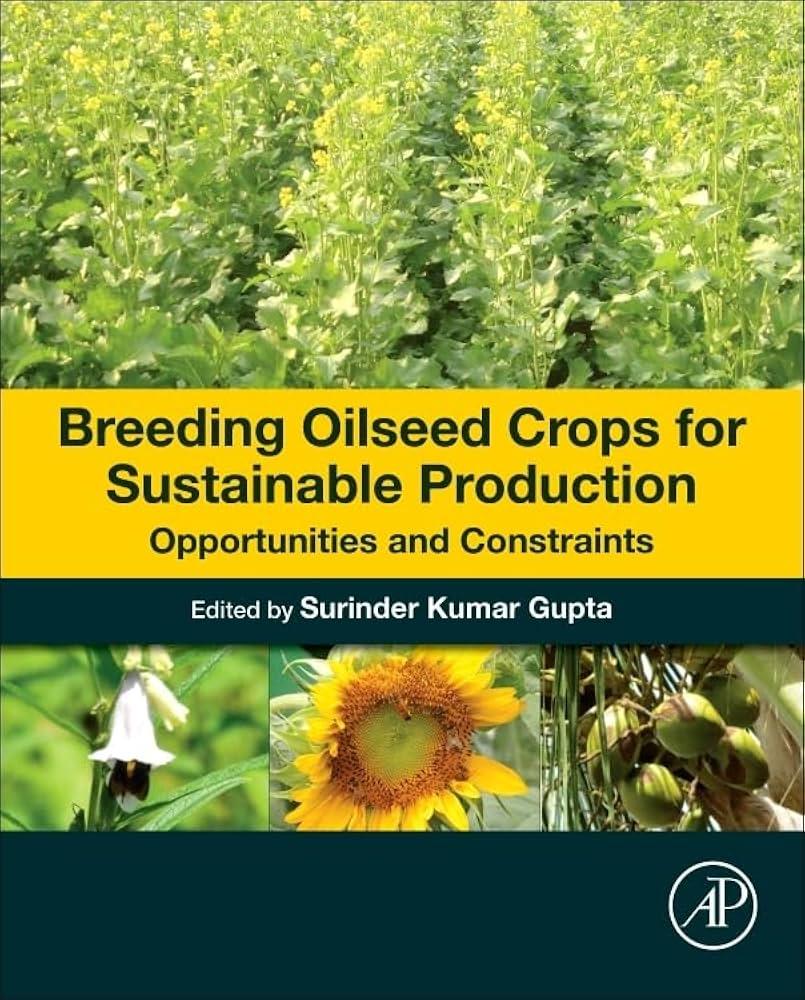Securing the market value of soybeans gets thornier every season. Turbulent weather, sudden embargoes, or tariff ping-pong between countries can trigger a swift decline or an unexpected surge overnight. The urge to predict market shifts is tempting but actual price protection relies more upon anticipating curveballs than reading tea leaves.
A crucial aspect for growers and marketers alike—sometimes overlooked in the rhythm of planting and harvest—is crafting a plan that stands up when rain clouds gather, not just under bluebird skies. Hedging isn’t only for Wall Street; it’s alive on backroads lined by fields too.
Some rely mainly on forward cash sales: negotiating with local elevators in spring to secure what seems like an agreeable price before combines ever start their work. This familiar method pins down some certainty but also locks you out if futures rally past your contract during August’s height. The phrase “left money on the table” comes unbidden each harvest when prices climb after you’ve already shaken hands with a buyer.
Short futures positions provide another line of defense, operating as insurance against a drop in prices between seeding and delivery. By selling November soybean futures—for example at $10 per bushel—you still control your physical grain but have anchored your income, come what may. If soybean values plummet before autumn arrives, this hedge absorbs much of the shock. But there’s no compensation if prices loft upwards unexpectedly; participation in additional gains is traded away for safety from tumbling losses.
Standing near these two tools are options strategies—put options to set a price floor or more intricate combinations like call spreads designed to walk both sides of volatile swings. Buying puts lets you establish minimum pricing while keeping upside potential cracked open should markets dig themselves out from under bearish pressure. It’s akin to buying storm windows ahead of hurricane season while still being able to enjoy sunshine should the tempest pass by entirely.
Seasoned operators sometimes lean into flexibly constructed strategies rather than single-layer contracts. One such method: simultaneously buying one “at-the-money” put option (maybe for November at $10), selling an “out-of-the-money” put (say at $9), plus writing a call option (perhaps at $11). This tangle can net additional premium income upfront while defending against major downside risk if calamity strikes—a hedger’s version of walking softly but carrying both umbrella and sunscreen just in case distinct days unfold one after another rather than all at once.
Headline risk—when political news headlines jolt international trade expectations—or shocks from natural phenomena frequently create market whiplash that erases margins faster than many realize. In years where drought compresses U.S. production or Brazilian rains fail crop surveys’ optimism, global supply jitters shudder through Chicago faster than anyone manages fertilizer logistics at home base.
To counteract wild externalities, layering price protection becomes advisable over staking comfort on any single instrument alone. A blend might include partial forward sales early-in-season as bills come due alongside staged entry into puts during key USDA report dates when volatility tremors hit hardest. Sometimes short-dated options offer nimble coverage around high-risk milestones like trade announcement weeks or weather updates late July; they cost less premium because their lifespan mimics sprinting—not marathon running—in financial terms.
An argument could be made about over-complicating hedges with excessive structures—that trial lawyers dream up convoluted plans no dirt-stained boots would dare attempt lest complexity itself endanger profitability more swiftly than falling bids do. But with discipline toward reviewing each tool’s fit based on current basis levels and operational costs (not last year’s stories), protection doesn’t have to become labyrinthine jargon either.
Occasionally producers misjudge timing—the sow’s ear turned purse is never guaranteed—but even missteps avoided total disaster compared with flying blind through seasons notorious among old-timers as leaner-than-most cattle before spring grass woke them up again.
One parallel sprung from baseball lore: Branch Rickey signed Jackie Robinson not because he predicted every outcome flawlessly—but because he feared standing pat meant losing ground silently season by season while rivals experimented boldly elsewhere. Soybean marketers caught flatfooted nursing only traditional approaches miss opportunities sitting quietly next door dressed as unfamiliar tools like calendar spread calls or synthetic puts built via offsetting combinations.
Whoever said fortune favors boldness might not’ve farmed row crops amid contemporary uncertainty spikes driven by drones counting pods clearer than most eyes ever did across 40 acres walked by lantern-light decades ago—but there remains truth nonetheless: active risk management lifts future prospects above hazard warnings blinking endlessly across commodity tickers.
Market momentum rarely moves straight lines; neither should safeguarding methods strive for robotic orderliness nor uniform application field-to-field nor bin-to-bin year over year. Sometimes letting chaos breathe within boundaries protects better long-term value—even if that means wrapping tradition inside new parchment paper now and then instead clinging solely to yesterday’s calendar offerings parroting familiar scripts written long ago.…









